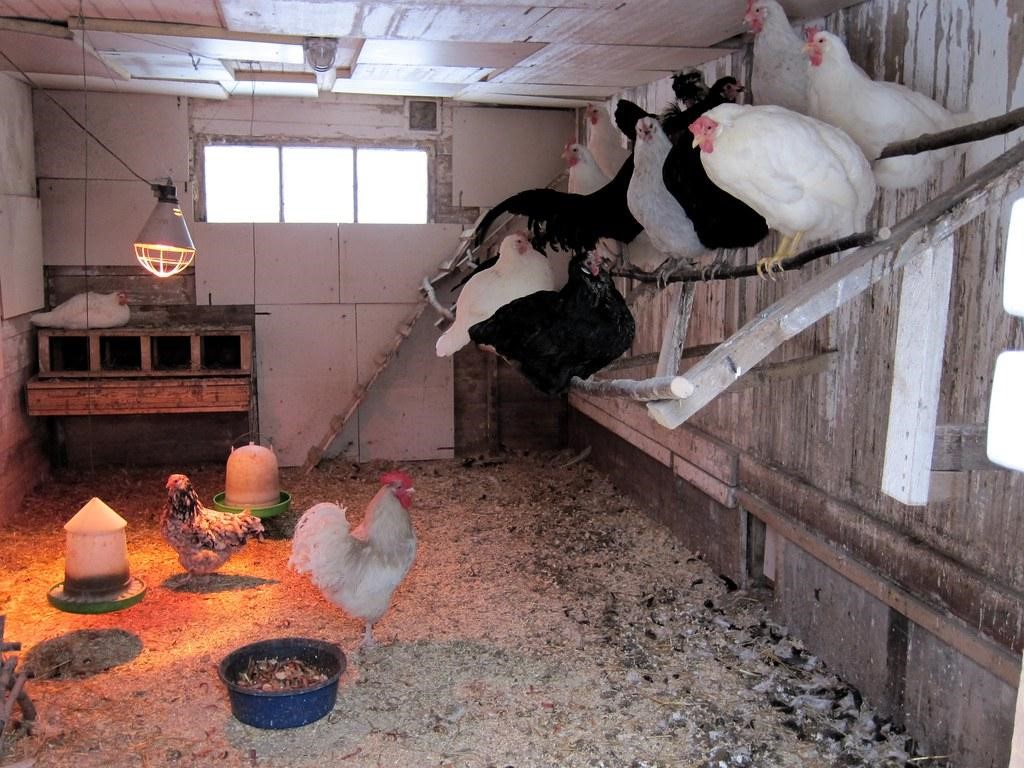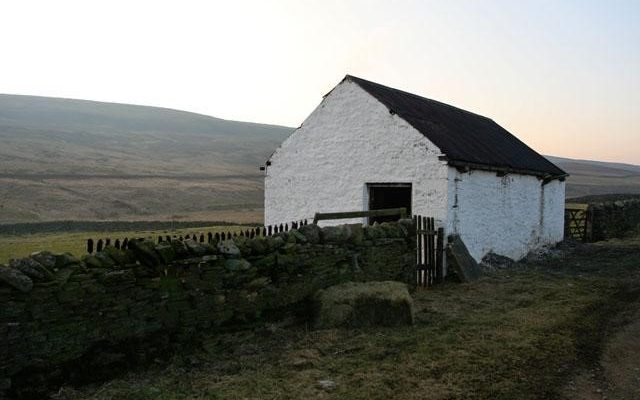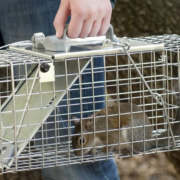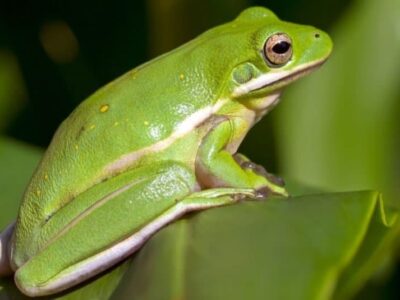Whitewashed farm buildings have a vintage, old-fashioned look. They spruce up the entire picture of the landscape. Whitewashed structures have a positive impact on the setting. They dramatically uplift the mood of the space, especially during the short, dull winter days.
If you are looking to alter the dingy appearance of your wooden coop and barn, here is a short guide to whitewashing. Whitewashing a structure is easy and inexpensive. Do it right, and you have yourself a picturesque landscape that everyone will simply fall in love with.
Is Whitewash Only About White Paint?

Contrary to popular belief, whitewashing is not just about painting something white. A whitewash refers to a mixture of powdered limestone, or lime, and water. Whitewashing has been a salient feature of homesteads and farms for years. The reason behind this popularity is that whitewashing is not only inexpensive but does not involve paint fumes.
Thus, whitewash is a safe alternative for spaces that shelter or raise animals. A coat of whitewash also has antibacterial properties. As a result, whitewashing acts as an additional protective layer against insects and bacteria.
Whitewashing Ingredients and Procedure
Here is what you need to make a whitewash:
- A gallon of warm, preferably warm
- 2 cups of salt
- 7-8 cups of hydrated lime
- Gloves and a face mask for safety
To make the whitewash, first, you must dissolve the salt in the water completely. Before you move on to handling the lime, don your gloves and the face mask. Lime dust is not exactly good on your lungs, so do not skip this step.
Ensuring that your nose and mouth are properly covered, carefully pour the hydrated lime into the water. Mix it thoroughly. The mixture should resemble a thin pancake mix. Adjust the amount of lime powder to reach the said consistency.
Do not forget to wear gloves while dealing with the mixture. Make sure the gloves are nice and long, as lime can be harmful to bare skin. In case of lime contacts your skin, use vinegar to cleanse the area. Acidic vinegar can counter the alkaline nature of lime.
Applying The Whitewash
Applying the whitewash is easy. Just take a brush and sweep it along the surface. However, there is one crucial thing to do before starting the process of whitewashing. The surface that you intend to apply the wash to must be clean and dry.
Do not forget to wipe all corners of the barn and the coop clean. If simply wiping does not seem to be sufficient, wash the surface with water and allow it to dry completely. You can even use a bleach solution if you suspect an influx of bacteria.
Once the surface is clean and dry, use a large brush to mix up the whitewash well. Apply a coat to every surface. If you have a paint roller, use it to even out the wash. When the coat is applied, it would appear too diluted. Do not worry. The white color will be clearly visible once the wash dries. You can apply multiple coats of whitewash if you want a brighter color. Two to three coats are usually satisfactory.
As whitewashing does not involve actual white paint, the coat will wear off over time. Consider planning a schedule for a regular retouch session. You can apply a fresh coat every year during the spring season.
Which Surfaces Should You Whitewash?
Whitewashing is best for enclosed spaces. When the layer of whitewash meets water, it simply turns clear again. Therefore, you can cover the outer surface of your barn or coop with paint and leave the inner one for whitewashing. While wood is the most common surface for whitewashing, you can also apply a coat to bricks. Note that whitewash is not visible on already painted surfaces.
Is Painting a Chicken Coop Any Different Than Painting a Barn?
Not really. A chicken coop is just a smaller structure than a barn. Painting both is not that different. You might have to factor in the multiple entrances of the coop, though. A chicken coop has many doorways that are easily accessible to the fowl. Therefore, it is best to steer clear of paint in such areas and go for a safe coat of whitewashing instead.
But why do chicken coops have 2 doors or more anyway? The answer is simple. The main entrance is for the birds. The other gateways are for the humans to retrieve the eggs or enter the coop for cleaning, and so on.
So, there you go. Now you know all the important things about whitewashing a farm building. What are you waiting for? Grab everything you need and get going. Whitewash your structures and give them a nice, old-fashioned look.










Comments